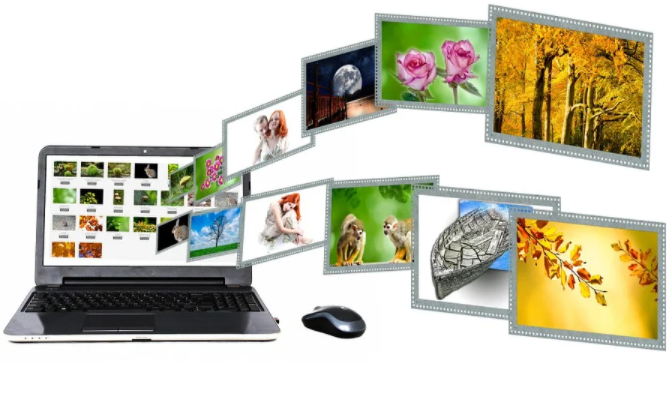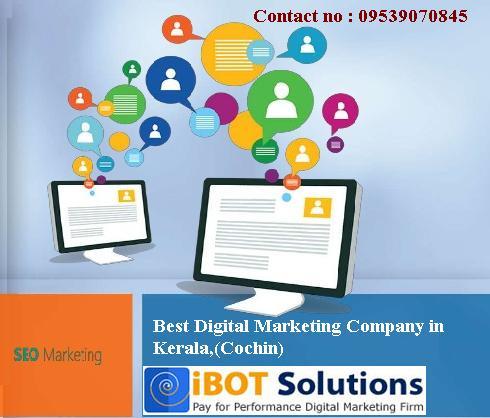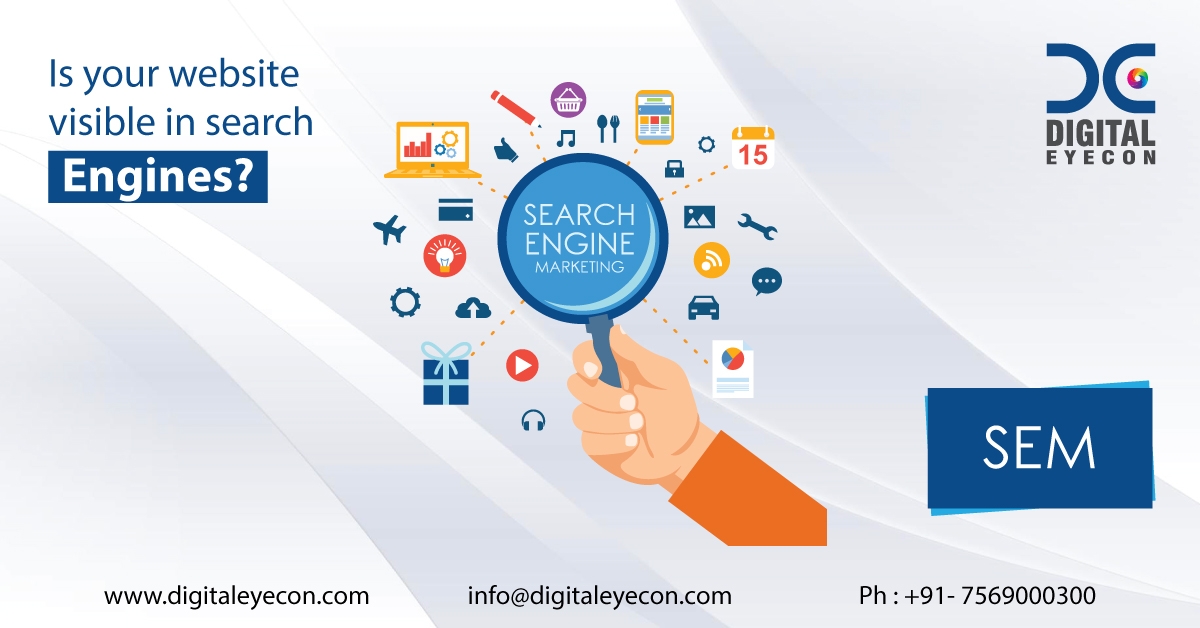When we talk about photography business website, people always want to see our masterpieces. And if you are still new to the photography business, you can see multiple professional photographers’ masterpieces at stockphotos.com here. Hence, the essential aspects to enhance your photography business’s good traffic is to focus on image optimization. Image optimization is important because everyone online expects websites to load quickly, in less than 2 minutes. You can do a lot to optimize your website, your images, and your site’s speed, which is increasingly important as more and more people use smartphones; about 60% of the millions of new web users do so on tablets. Below are the key practices for image optimization.

Choose the Most Relevant Photographs
Remember that web users are more likely to respond to your page’s images before reading the text. An excellent image should grab attention and inspire visitors to engage with your information. We often respond to emotional triggers, and an attractive image related to your topic is much more likely to leave a feeling. In general, it is far better to take some time and create your own excellent photos than to use free images on the internet that many others use. Your original photographs are way more excellent for SEO purposes to your business website.
Always Consider Using the Highest Quality Format
 Search engines should prefer high-quality content and high-resolution images. Web pages with low-resolution or poorly formatted images often look disorienting on a cell phone or tablet screen. So, using low-resolution images is a disservice. Generally, JPEG file formats are best because they offer the smallest size and best quality. GIF files should only be used for thumbnails and decorative images, not for large product images, as the file size is quite large and does not shrink well. If you can’t get PNG files, they could be used for both JPEG and GIF files, and after that, due to the incredibly small file size, perfect for simple decorative images.
Search engines should prefer high-quality content and high-resolution images. Web pages with low-resolution or poorly formatted images often look disorienting on a cell phone or tablet screen. So, using low-resolution images is a disservice. Generally, JPEG file formats are best because they offer the smallest size and best quality. GIF files should only be used for thumbnails and decorative images, not for large product images, as the file size is quite large and does not shrink well. If you can’t get PNG files, they could be used for both JPEG and GIF files, and after that, due to the incredibly small file size, perfect for simple decorative images.
Create a Title, Caption, and Description of Your Photos in Good Language
For good search engines, you should consider doing your best to your website, even to the tiniest aspects of your website. Search engines crawl everything on your site, such as file names. They must also be relevant, descriptive and keyword-rich. Good image descriptions help maximize your profile and increase your articles’ value by helping web crawlers understand your graphics. It would be best to focus on the alternative text as it functions almost similar to captions. They offer a chance to enhance your content for a better user experience and search optimization.
Attach Multiple Images
Always arrange images in the right order and context, so they scroll easily, but be aware of the amount of time you upload your download time. Look carefully at the results and balance the perfect number of images with the fastest loading times. More photos can indicate more conversions, but many can also mean more loading time and more bounces. You should include multiple angles to visualize your merchandise better. However, you should not underestimate the number of images because they take up file space, and all need to be optimized.
Focus on Your Content Delivery Networks
Content delivery networks are becoming extraordinarily commonplace to store content, images, and text for your website. It has the benefit of solving any ringing issues and helping to speed up page load times. It can also lead to removing backlinks and rotating the domain name of that content delivery system rather than your website. As mentioned above, and it’s essential to note this, backlinks are crucial for SEO. So, it’s important to consider whether using CNDs is in your best interest.



